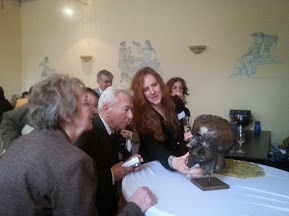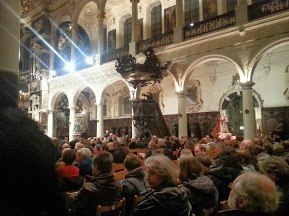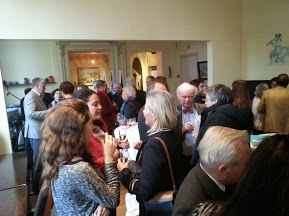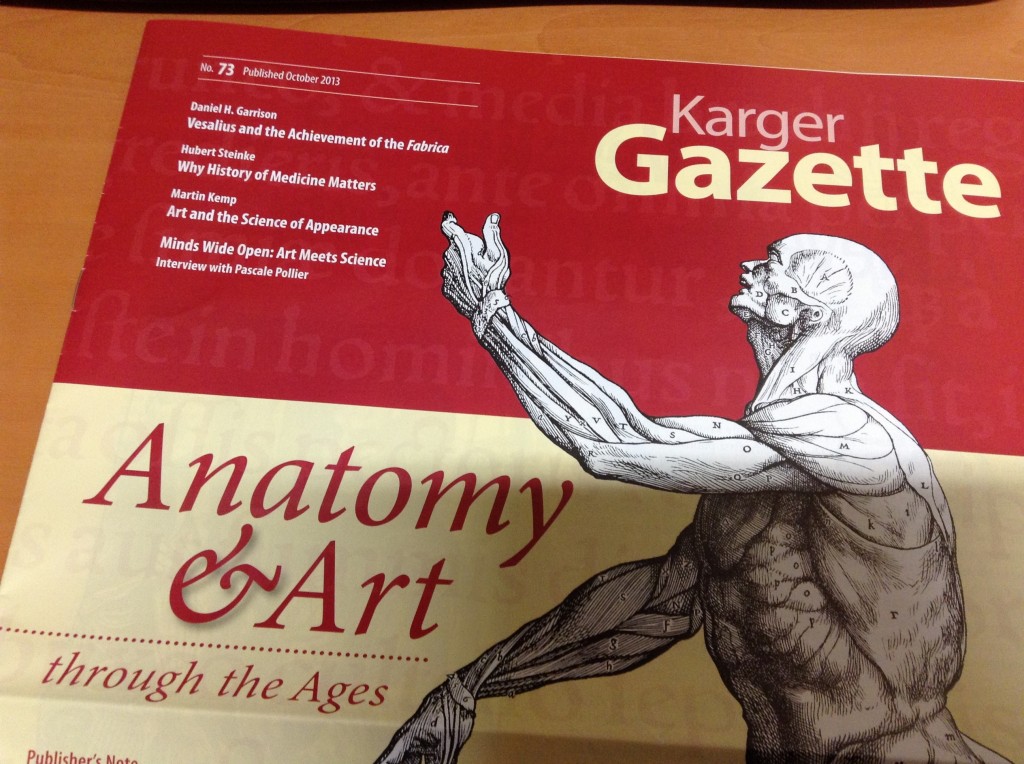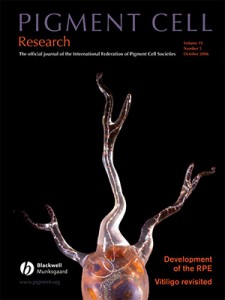Blog
“The Art in HeArt”: The new collaboration of MEDinART with Interalia Magazine is now live online! (Issue 25_June 2016)
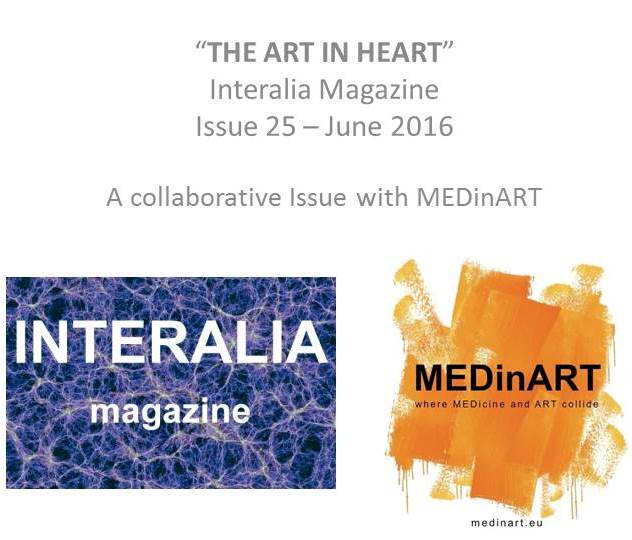
Delighted to announce the new collaborative issue of MEDinART with the Interalia Magazine: the online Art, Science and Consciousness magazine,…
MEDinART collaboration with Interalia Magazine

Exclusive article about MEDinART in Interalia Magazine: Delighted to announce that the Interalia Magazine, the online Art, Science and Consciousness…
MEDinART Autumn Newsletter

Happy to announce that the first MEDinART Autumn Newsletter has been send to MEDinART artists and MEDinART friends! The newsletter…
Interviewed about Vesalius Continuum and Fabrica Vitae exhibition on Greek TV
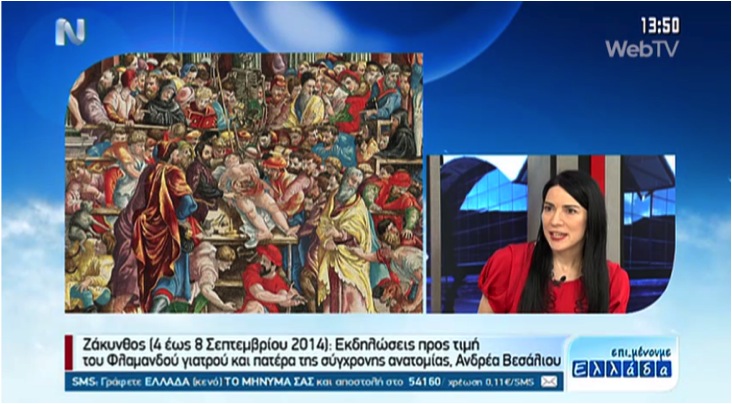
As both a scientist and creator of MEDinART, I felt happy and honored talking about the international, multi-dimentional conference Vesalius…
23/11/2013_Belgian Vesalius momentum in Antwerp_National Belgian television
The Flemish physician Andreas Vesalius who was born in Brussels (31 December 1514) and died in Zakynthos, Greece (15 October 1564) has brought with his anatomical drawings a new insight into human anatomy.
Vesalius momentum IV took place on 23 of November, 2013 in Antwerp: The unveiling of a bronze sculpture of Andreas Vesalius by H.E. Mr Constantin Chalastanis, Ambassador of Greece.
Vesalius momentum IV was also announced on the news in National Belgian television. Follow this link to watch the whole video.
For more photos from the Vesalius momentum, check here.
Next year, 500 years ago from his birth, under the auspices of The Municiplity of Zakynthos and the Embassy of the Kingdom of Belgium in Athens, the Ionian Island will host a number of events commemorating the 500th anniversary of the birth of Andreas Vesalius in Brussels.
The Vesalius Continuum will take place in Zakynthos island, 4-8 September 2014.
For more information, check here.
Karger Gazette – Anatomy and Art through the Ages (October 2013)
Pascale Pollier interview about how she came to be interested in art and science.
Please tell us about you and your work, and how you came to be a medical illustrator and medical artist.
“I was interested in medicine from a very early age. At age 16 I had to choose to either go to art school or to stay on and study science. I was very good at biology and would have loved to work in a laboratory; however, my art teacher recommended to go to art school. This was the first time I had to choose between my two passions, art and science.
I studied fine art and painting at St. Lucas Academy of Art and the Royal Academy of Fine Arts, both in Gent, Belgium, and loved the anatomy lessons and life drawing classes. The subject matter in my paintings was already inspired by medical conditions. I made paintings of hermaphrodites and other medical congenital conditions, including albinism.”
Read the whole Pascale Pollier interview on how she came to be interested in art and science, at Vesalius Conference website, here.

